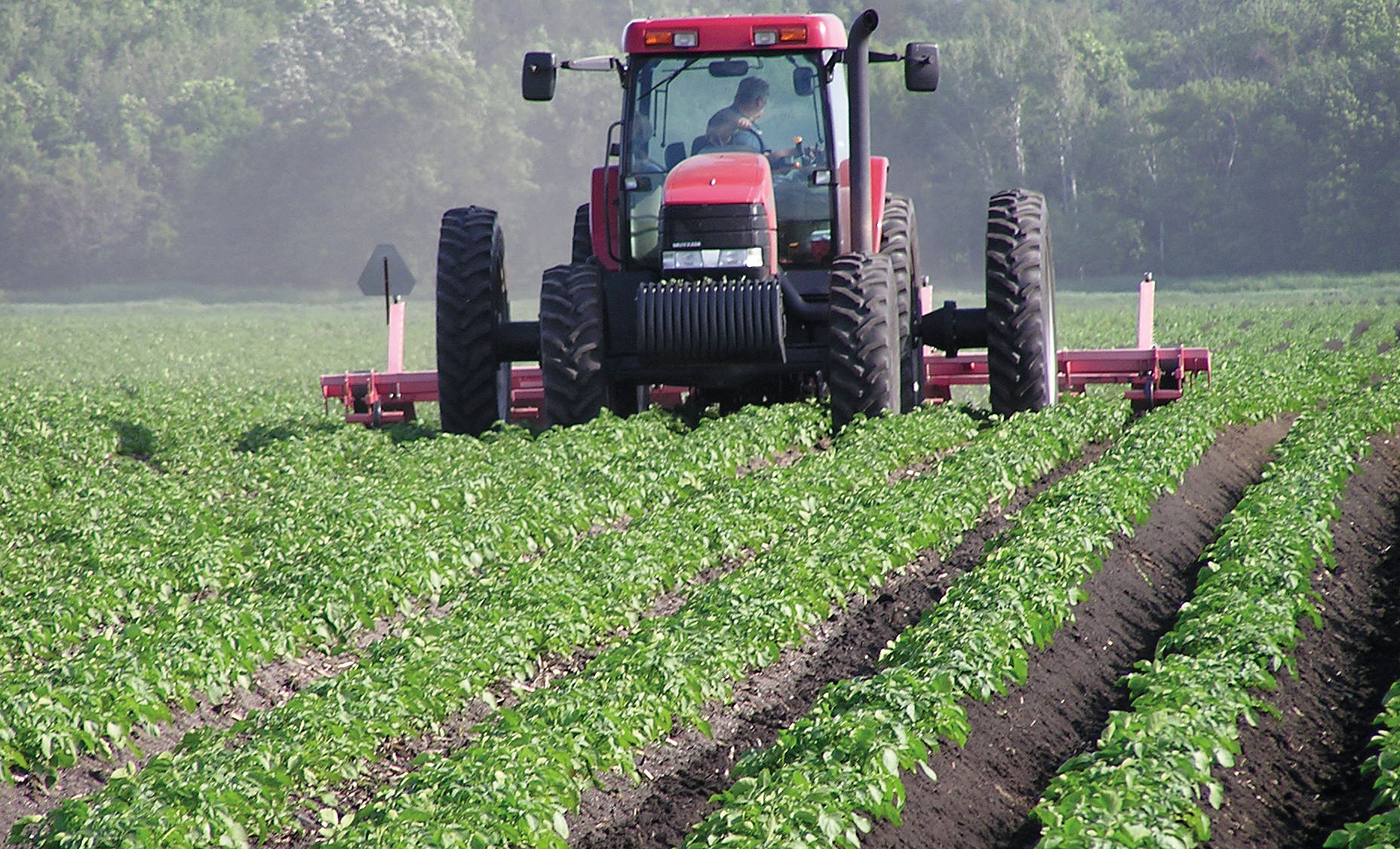Exploring Chemical-free Farming in Modern Agriculture
Exploring Chemical-free Farming in Modern Agriculture
Blog Article
Enhance Agricultural Performance With High-Quality Water Soluble Polymers
In the world of modern farming practices, the combination of top quality water-soluble polymers has emerged as a promising method to boost efficiency and sustainability. These polymers supply a series of advantages that can reinvent standard farming methods, from boosting water retention and effectiveness to maximizing soil structure and nutrient delivery systems. By using the power of ingenious polymer solutions, farmers can possibly open new pathways in the direction of achieving higher plant yields while reducing environmental effects. The application of water-soluble polymers holds the capacity for transformative modifications in agricultural landscapes, making it a topic deserving of more expedition in the world of sustainable farming practices.

Benefits of Water-Soluble Polymers
Water-soluble polymers provide a wide range of advantages in farming applications due to their boosted water retention buildings and capacity to enhance dirt framework. Agriculture. These polymers, when included to the dirt, can significantly boost water holding capacity, decreasing the frequency of irrigation needed by plants. By creating a gel-like compound when blended with water, water-soluble polymers create a tank that gradually launches wetness to plant roots, guaranteeing a much more consistent water system throughout droughts
Furthermore, these polymers aid in avoiding soil erosion by binding soil bits with each other, therefore boosting dirt framework and stability. Boosted dirt framework permits much better origin infiltration and oygenation, advertising much healthier plant growth and greater crop returns. Water-soluble polymers also aid in nutrient retention by reducing leaching, making sure that crucial nutrients remain offered to plants for a longer period.
Improved Water Retention and Effectiveness
Enhancing farming water retention and efficiency with the unification of advanced polymer technologies has actually become an extremely important emphasis in modern-day farming techniques. Water-soluble polymers play a critical role in improving soil structure, boosting water seepage, and minimizing water evaporation prices. By developing a slim movie on the soil surface area, these polymers aid to avoid water drainage and increase the soil's water-holding ability, making sure that plants have accessibility to an adequate supply of water.
Moreover, the use of top quality water-soluble polymers can considerably lower the frequency of irrigation, as they enhance the soil's capacity to maintain wetness for longer periods. This not only saves water however likewise lowers the power and labor prices connected with irrigation practices. Furthermore, enhanced water retention and effectiveness cause much better nutrient uptake by plants, resulting in improved plant yields and general agricultural productivity.
Boosted Nutrient Distribution Solution
Offered the significant influence of high-quality water-soluble polymers on enhancing water retention and efficiency in agriculture, the focus now shifts towards maximizing nutrient distribution systems to additionally improve plant growth and return. Enhanced nutrient distribution systems play a crucial duty in making sure that plants receive the needed nutrients in a form that is conveniently offered for uptake, advertising their total health and efficiency. By integrating water-soluble polymers right into nutrient delivery systems, the effectiveness of nutrient uptake by plants can be substantially enhanced.
One key benefit of making use of top quality water-soluble polymers in nutrient shipment systems is their ability to regulate the launch of nutrients, ensuring a controlled and constant supply to plants over an extensive period (Agriculture). This controlled launch device aids avoid nutrient leaching and runoff, thus taking full advantage of nutrient utilization by plants and reducing environmental impact

Soil Structure Optimization Methods
Enhancing soil framework is critical in modern farming for maximizing plant yields and advertising lasting land monitoring methods. Dirt framework optimization techniques play an essential duty in making sure that soil offers an optimal environment for plant growth. One essential method visit here is the addition of raw material, such as compost or manure, which helps improve soil structure by improving its water-holding ability and nutrient retention.
Additionally, exercising minimum husbandry or no-till farming can protect against dirt compaction and advertise the growth of a healthy dirt framework. Cover cropping is one more efficient technique that involves growing plants specifically to enhance the soil and protect, stopping erosion and boosting soil structure.
Moreover, applying crop rotation methods can assist break bug and disease cycles, while also enhancing dirt framework with the varying origin frameworks of various plants. Generally, employing these dirt framework optimization techniques can bring about raised farming productivity, minimized ecological influence, and lasting sustainability in farming methods.
Lasting Solutions for Crop Returns

To deal with the difficulties of taking full advantage of crop returns while advertising lasting land monitoring techniques, discovering lasting solutions becomes imperative in modern farming. Implementing sustainable farming practices is important for making sure long-lasting food safety and security and environmental preservation. One sustainable remedy for improving crop returns is using precision agriculture methods. By leveraging modern technology such as GPS, sensors, and information analytics, farmers can optimize the usage of resources like water, plant foods, and pesticides, bring about improved efficiency and efficiency.
In addition, advertising crop turning and cover cropping can aid preserve soil wellness, minimize erosion, and improve nutrition biking, inevitably contributing to higher yields with time. Integrated pest administration approaches also play a key role in sustainable crop production by reducing the dependence on chemical pesticides and advertising all-natural pest control approaches.
Additionally, purchasing research and advancement for developing drought-resistant crop varieties and climate-resilient farming techniques can help reduce the impact of climate change on farming site web while guaranteeing regular yields despite environmental challenges. By embracing these sustainable services, farmers can accomplish higher plant yields while safeguarding the health of the land for future generations.
Verdict
To conclude, making use of top notch water-soluble polymers in agriculture supplies countless advantages such as improved water retention, enhanced nutrient distribution best site systems, and optimized dirt framework. By carrying out sustainable solutions for plant returns, farmers can substantially increase agricultural productivity and performance. Agriculture. Water-soluble polymers offer a cost-efficient and environmentally pleasant method to enhance the overall efficiency of farming methods, bring about better results for both farmers and the atmosphere
These polymers provide a variety of advantages that can transform standard farming approaches, from improving water retention and performance to optimizing soil framework and nutrient distribution systems.Additionally, these polymers help in protecting against soil disintegration by binding dirt fragments with each other, thus improving dirt framework and stability. By forming a thin film on the soil surface area, these polymers aid to stop water runoff and enhance the dirt's water-holding ability, ensuring that plants have access to an appropriate water supply.
Dirt structure optimization strategies play an important function in ensuring that dirt provides a perfect setting for plant development.In verdict, the use of top notch water-soluble polymers in farming supplies countless advantages such as better water retention, boosted nutrient distribution systems, and optimized dirt framework.
Report this page